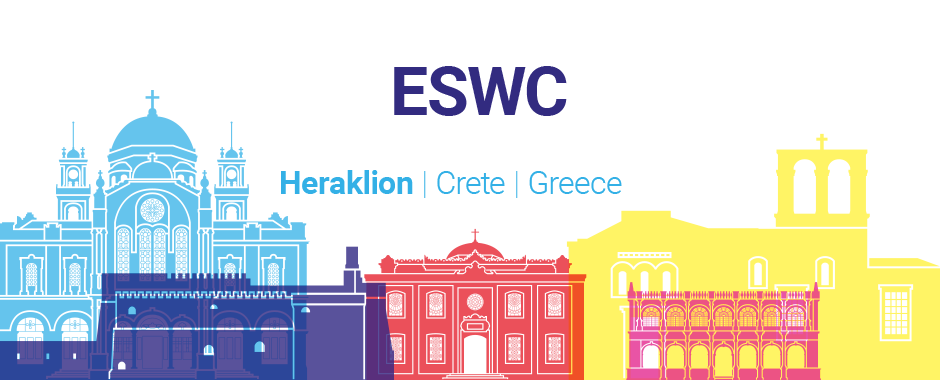Description
The main goal of the Science of Science track is bringing together the communities relying on semantic approaches for representation, mining, analysis, and visualization of research outputs, such as papers, data, software, experiments, vocabularies, workflows, patents, and others, irrespective of the context of the research, whether academia, industry, or government. In broad terms, the themes of this Science of Science track are: (a) semantic representation of research outputs, i.e. how to semantically represent, categorise, connect, and integrate their representations, in order to foster reusability and knowledge sharing; (b) analysis of research outputs, i.e. approaches for information extraction and retrieval, discovering patterns and predictions through AI approaches, understanding research dynamics, forecasting trends, informing research policies, analysing and interlinking experiments, deriving new knowledge, recommending research outputs; (c) visualization of analytics about research outputs and interaction with scholarly data in order to provide novel user interfaces and applications for navigating and identifying patterns in scholarly outputs.
Topics of Interest
There are a large number of topics of interest all focused on the intersection of semantic technologies and both understanding and supporting the entire research process. The following topics will be addressed.
Semantic Representation
- Approaches for facilitating management lifecycle of scholarly outputs, metadata and information (creation, store, share, and reuse)
- Knowledge descriptions (e.g., ontologies, vocabularies, schemas) of scholarly artefacts, knowledge graphs
- Tools and methods for interlinking scholarly metadata
- Virtual research environments, (semi-)automated scientific content creation (e.g., papers, reviews, events, calls for papers)
- Description of citations and citation networks for scholarly articles
- Data and software and their interrelationships (e.g. research objects)
- Theoretical models describing the rhetorical and argumentative structure of scholarly papers and their application in practice
- Preservation and curation of scholarly metadata (e.g., wikis, crowdsourced data, citizen science)
- Description and use of provenance information of scholarly data
- From digital libraries of scholarly papers to Linked Open Datasets: models, applicability and challenges
- Definition and description of scholarly publishing processes
- Modeling licenses for scholarly artifacts (e.g., documents, data and OpenCourseWare)
- Workflows of scholarly artifacts
- Blockchain for scholarly communication (data provenance, authorship, digital property, peer-review, etc.)
Analysis:
- Natural language processing approaches for scholarly data
- Automatic annotation of scientific research
- Automatic construction of academic knowledge graphs
- Tools and methods for pattern discovery in scholarly metadata (e.g., discovering data and software used in similar publications)
- Approaches for scholarly recommendation systems
- Data mining for enhanced discovery, interpretation, and interlinking of scholarly artifacts
- Science of Science
- Validation of Open Science practices, mandates, policies (e.g. FAIR data)
- Assessing the quality and/or trust of scholarly artefacts
- Citation analysis, prediction, generation
- New semantic indicators for measuring the quality and relevance of research
- Comparison of standard metrics (e.g., h-index, impact factor, citation counting) and alternative metrics in real-case scenarios
- Automatic or semi-automatic approaches to making sense of research dynamics
- Automatic semantic enhancement of existing scholarly libraries and papers
- Reconstruction, forecasting and monitoring of scholarly data
- Analytics on research impact using biblio-metrics and alt-metrics, indicators, impact factors, citation indexes, etc.
- Science and citizen data crowdsourcing and analytics
Visualization:
- Novel user interfaces for interaction with paper, metadata, content, software and data
- Virtual research environments
- Visualization of citation networks and related papers according to multiple dimensions (e.g., citation counting, citation functions, kinds of citing/cited entities, semantic similarity, etc.)
- Applications for making sense of scholarly data
- Usability studies
- Scholarly data and ubiquity: accessing scholarly information from multiple devices (PC, tablet, smartphones)
Track Chairs
Francesco Osborne, The Open University, UK
Paul Groth, University of Amsterdam, The Netherlands
Share on
